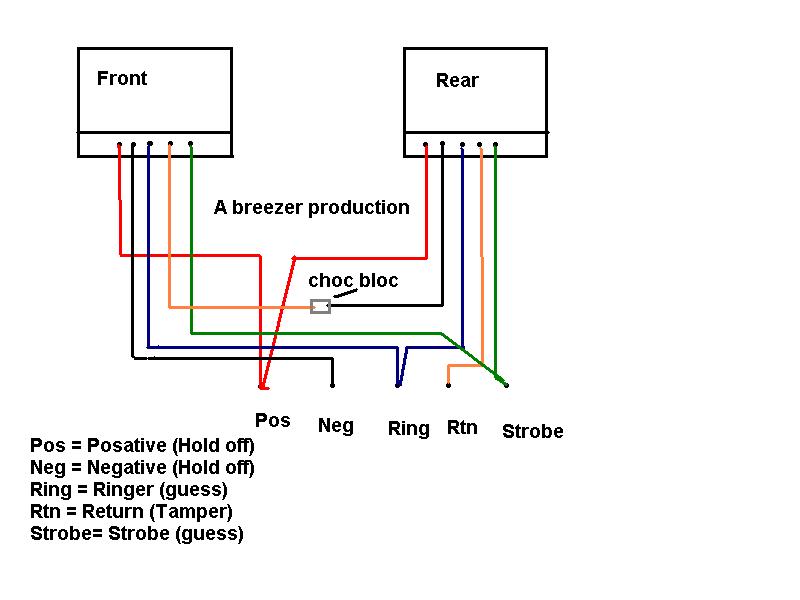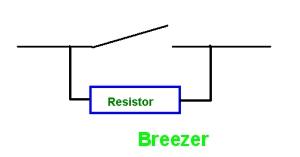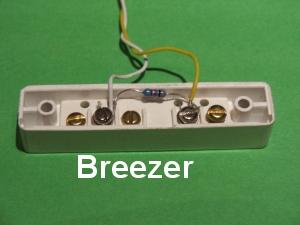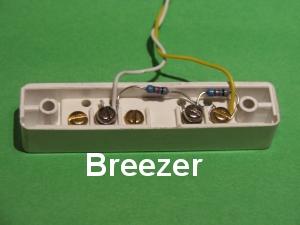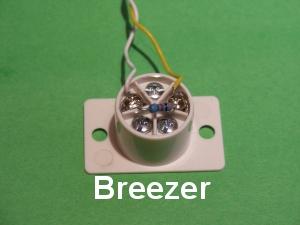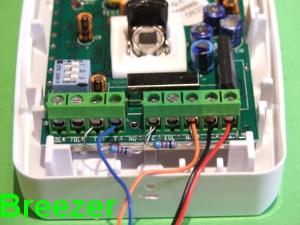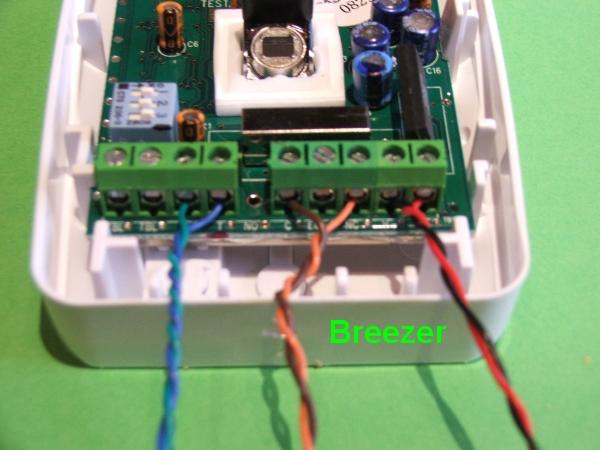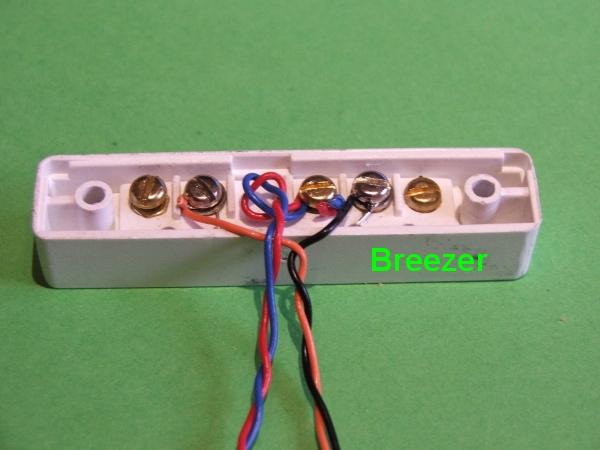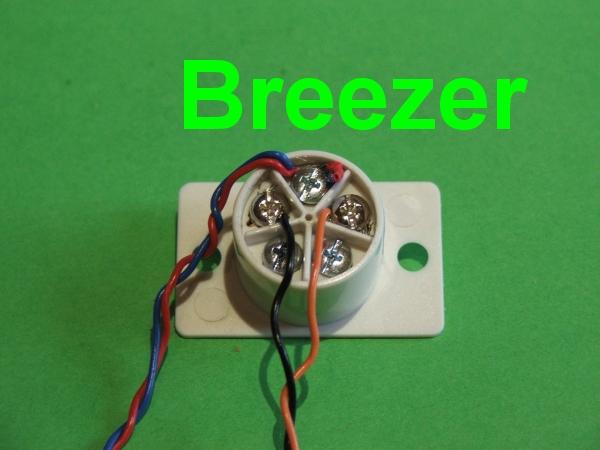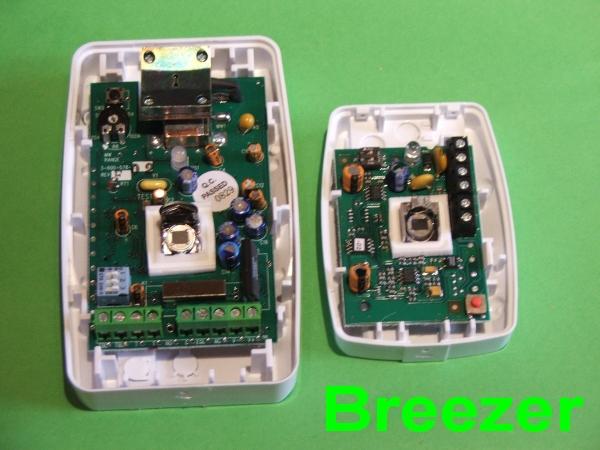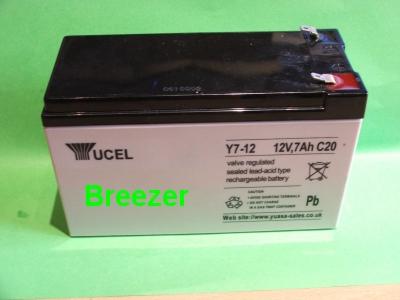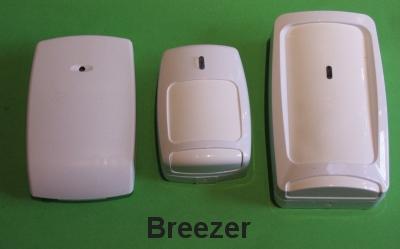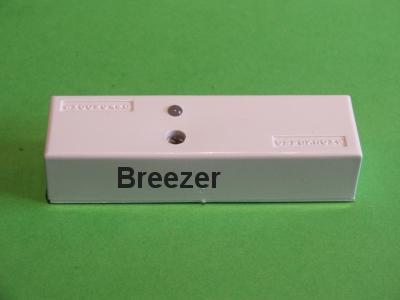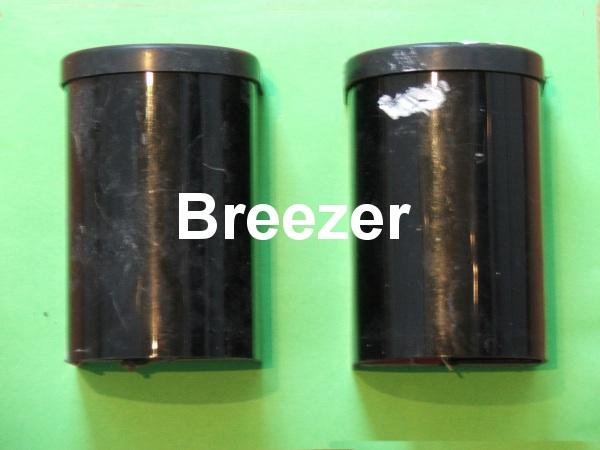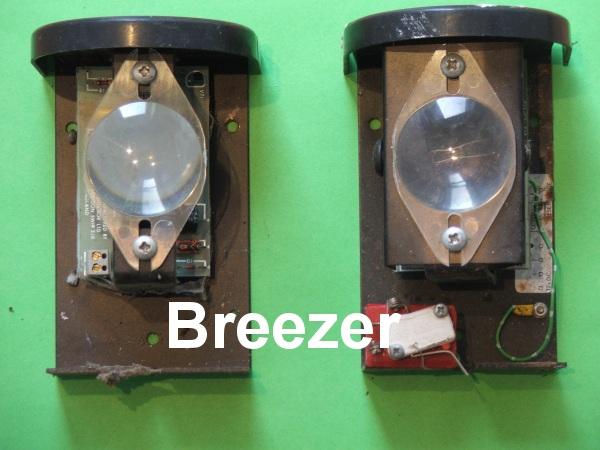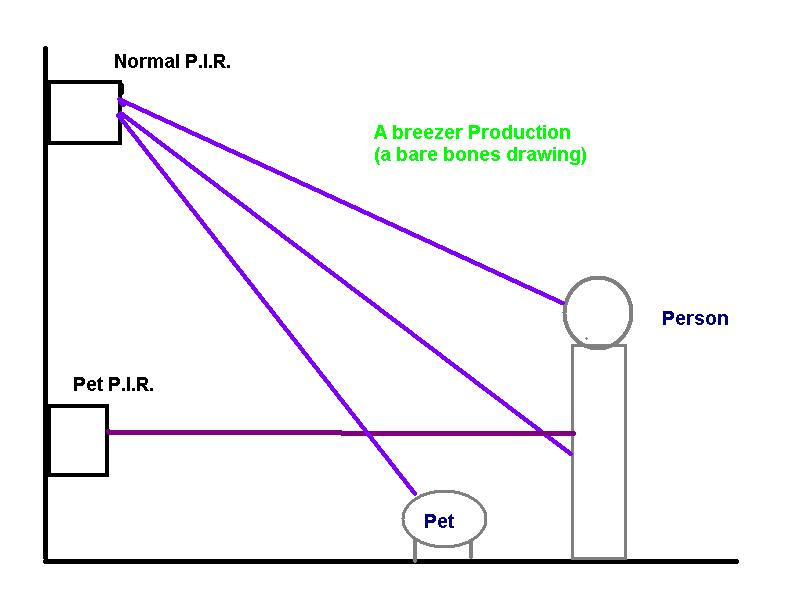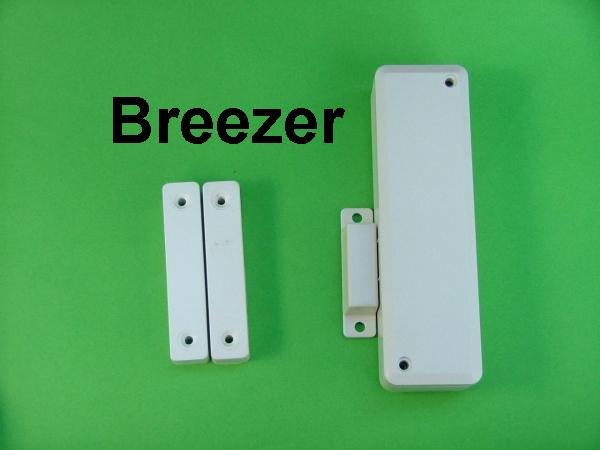B
breezer
BT TELEPHONE SOCKET WIRING


Click images to enlarge
BT's leg A connects to terminal 5, and leg B to terminal 2. This was due to a design/manufacturing error but 99% of devices will work with either polarity.
Also, terminal 4 is best connected on extensions when two lines share the same cable - it prevents cross talk, and prevents the possibility of the second lines phones tinkling when the other line rings.
Be warned that the above colour codes may not have been followed.


Click images to enlarge
BT's leg A connects to terminal 5, and leg B to terminal 2. This was due to a design/manufacturing error but 99% of devices will work with either polarity.
Also, terminal 4 is best connected on extensions when two lines share the same cable - it prevents cross talk, and prevents the possibility of the second lines phones tinkling when the other line rings.
Be warned that the above colour codes may not have been followed.

